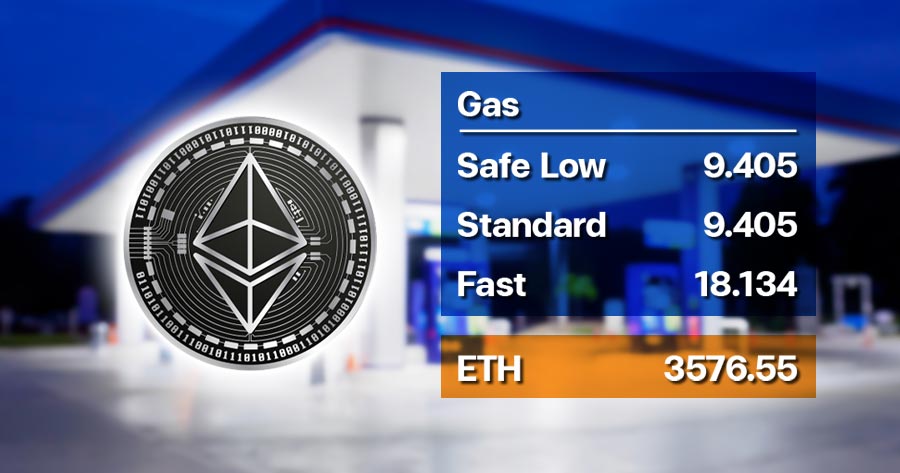
Ethereum: Use Case and Tokenomics Point Towards 10X
Factoring in network upgrade, scalability and tokenomics a record thrust in valuation awaits
Institutional investors silently flocked into world’s second most traded digital asset Ethereum (ETH) at a time when Bitcoin dominated mainstream media over and over again in recent months given its volatile price movements.
Drawing simple distinction between ETH and Bitcoin (BTC), the latter could be credited to a store of value while ETH framework could be compared to banking system facilitating non-linear finance involving complex transactions. ETH in formal definition is a decentralized open source blockchain that facilities decentralized applications (dApps) to be built on it. This analogy reflects more upside potential than BTC given its use case.
A deeper look into the value drivers of both the coins would rationally justify upside valuation of ETH. BTC’s value from its inception is largely driven by leveraging scarcity of the coin as initially laid out by Satoshi Nakamoto. On contrary, ETH drives its value through its use case which is decentralized platform upon which dApps are built on governed by smart contracts.
Among several upgrades, ETH 2.0 moved from proof of work to proof of stake with consideration to long-term sustainability. Proof of work requires substantial consumption of electricity which is heavily criticized and penalized by state authorities globally. The move also came at a time when the world is facing acute chip shortages and since proof work requires high build GPU for mining thus saved mining of ETH a blow.
The ETH 2.0 also leverages shard chain spreading network load across 64 smaller chains that can operate parallelly independent of the main chain which further needs low hardware requirement. This potentially multiplies scalability of the platform and average transactions per second could reach over 100K, according to some market analogy.
Just so if ETH 2.0 scalability upgrades do not fully justify upside valuation, breaking down ETH’s tokenomics could give deeper insight.
Deposit contracts of ETH 2.0 surpassed $25 billion with total value locked (TVL) approximately $23 billion. This implies roughly 7.8 million ETHs are taken off the market and will not be available for withdrawal any time soon, at least until a newer upgrade comes along. The supply shortage in the market leads to less availability to buy thus positive impact on price.
According to Glassnode, the supply of ETH in exchanges is at its low seen over a year.
Notably, after the latest upgrade emission was cut by at least half. Even emission rate exceeded issuance rate last month when mining of non-fungible token (NFT) skyrocketed which implies in some days ETH was a deflationary asset.
In September BTC futures in the CME exchange saw backwardation while ETH had healthy contango. Institutional investors also had lower positions in BTC and ETH saw rise in contract holding.
ETH gas price at its insane level translates demand for the asset at easiest. Although institutional investors swept in to the asset heavily, retail investors can not be ignored. As Coin Bureau puts it citing other researches that there is a direct correlation between between Google search for ETH during a price surge in the asset. However, they also highlighted correlation does not lead to causation.

Standard Chartered (SCB) in their report valued BTC comparing it to credit card market. They assumed BTC to captured $20 trillion transactions in the unbanked sector and with that rationale BTC’s market cap would be $1 trillion accounted with existing mined coins. Their valuation model range yielded a midpoint of $50,000 which is the current trading price level of the asset.
SCB compared ETH with the global banking sector, assuming the global banking sector is 4x the credit card companies. Using this analogy ETH has the potential of reaching market cap of $4 trillion. Factoring in the market cap with outstanding 117 million ETH, valuation hits $35,000 which is 10x its current price.


